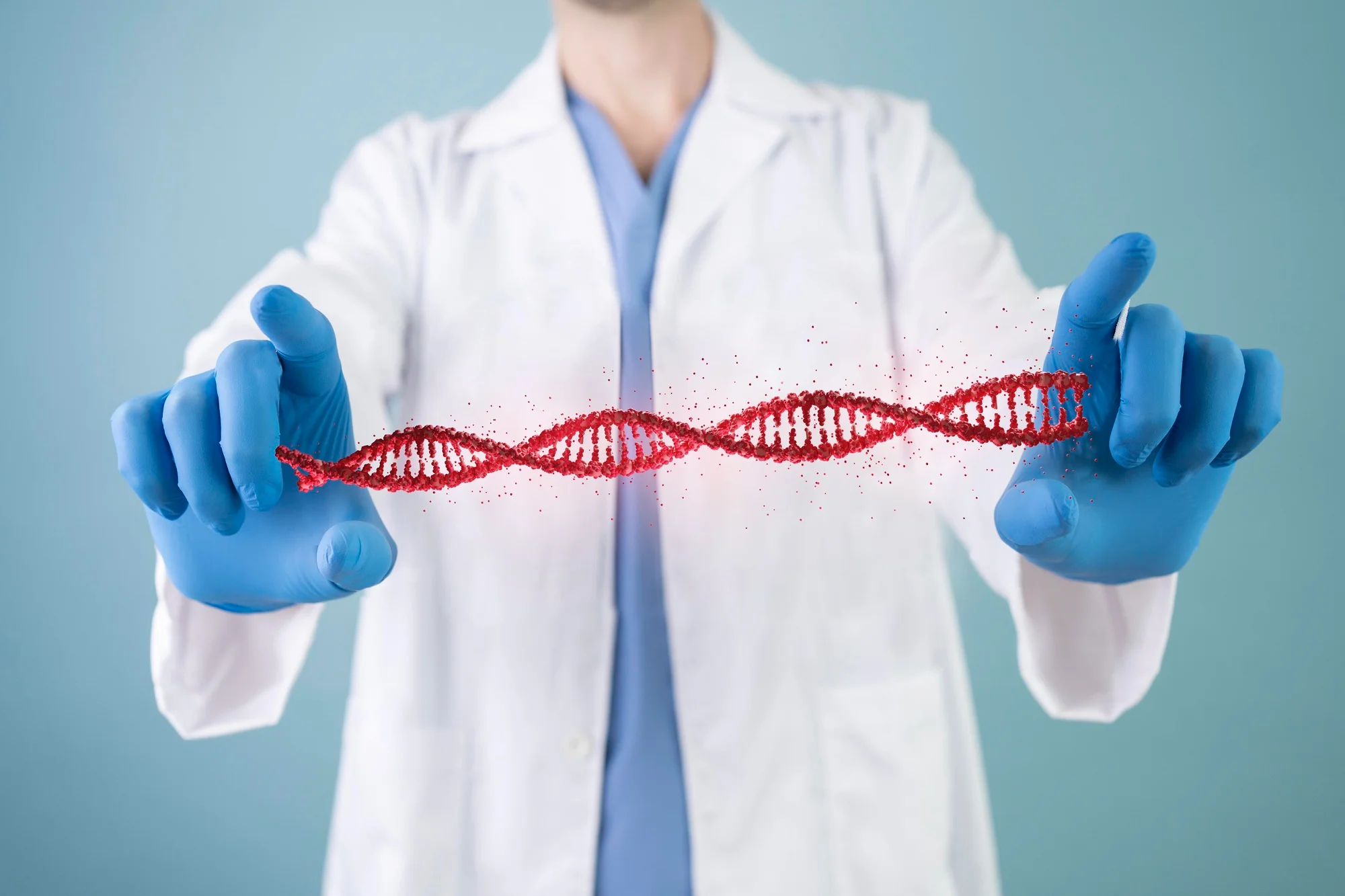In a groundbreaking study conducted by a team of researchers from Finland and the United States, an unexpected pathological side effect has been discovered following AAV2-mediated LDLR gene transfer to rabbit liver. The study, published in the prestigious journal Scientific Reports on May 6, 2019, was aimed at developing a gene therapy protocol for familial hypercholesterolemia (FH), an inherited disorder of lipoprotein metabolism. The results, while promising in terms of lowering cholesterol, have raised concerns over the safety of such therapies due to the observed bile duct proliferation in the liver subsequent to treatment.
DOI: 10.1038/s41598-019-43459-1
Familial Hypercholesterolemia and Gene Therapy
Familial hypercholesterolemia is a genetic condition characterized by high levels of low-density lipoprotein (LDL) cholesterol in the blood, leading to an increased risk of coronary heart disease and myocardial infarction. The disease is generally caused by mutations in the LDL receptor (LDLR) gene, which result in the body’s inability to remove LDL cholesterol from the blood effectively. Researchers have focused on gene therapy as a potential curative strategy for FH, by transferring functional LDLR genes into patients’ livers to restore normal cholesterol metabolism.
Study and Methodology
The study titled “Bile-duct proliferation as an unexpected side-effect after AAV2-LDLR gene transfer to rabbit liver” involved a team led by Dr. Seppo Ylä-Herttuala of the A. I. Virtanen Institute for Molecular Sciences at the University of Eastern Finland. The team utilized LDL receptor deficient Watanabe Heritable Hyperlipidemic rabbits as a model for human FH. The protocol employed different vectors, including AAV2, AAV9, and lentiviral vectors, to deliver a functional copy of the LDLR gene to the liver.
Findings
While the lentiviral vector-mediated LDLR gene transfer (LV-LDLR) produced a significant and lasting decrease in total serum cholesterol levels, the AAV9-LDLR led to a transient decrease, and AAV2-LDLR failed to reduce serum cholesterol levels. However, a significant side effect was observed in some of the rabbits treated with AAV2-LDLR – an unexpected bile-duct proliferation in the liver. This condition was associated with an increased expression of Cyr61, a matricellular protein that is known to play a role in cell proliferation and tissue repair.
Implications
The findings of this study have far-reaching implications in the field of gene therapy for the treatment of cholesterol and lipoprotein metabolism disorders. This unexpected side effect prompts researchers and clinicians to be exceedingly vigilant when it comes to liver changes post-gene therapy, underscoring the need for a thorough preclinical safety assessment.
Concluding Remarks
The study concludes with an emphasis on the necessity of safety and long-term follow-up in gene therapy applications, particularly when it involves the delivery of genes affecting cholesterol and lipoprotein metabolism. While gene therapy remains a promising avenue for the treatment of familial hypercholesterolemia, careful consideration and management of potential side effects are crucial.
References
1. Soutar AK, Naoumova RP. Mechanisms of disease: Genetic causes of familial hypercholesterolemia. Nature Clinical Practice Cardiovascular Medicine. 2007;4:214–225. doi: 10.1038/ncpcardio0836.
2. Goldstein, J. L., Hobbs, H. H. & Brown, M. S. Familial Hypercholesterolemia. In Metabolic and Molecular Bases of Inherited Diseases (eds Scriver, C. R. et al.) 1981–2030 (McGraw-Hill, 2001).
3. Starzl TE, et al. Heart-liver transplantation in a patient with familial hypercholesterolaemia. Lancet (London, England) 1984;1:1382–1383. doi: 10.1016/S0140-6736(84)91876-2.
4. Bilheimer DW, Goldstein JL, Grundy SM, Starzl TE, Brown MS. Liver Transplantation to Provide Low-Density-Lipoprotein Receptors and Lower Plasma Cholesterol in a Child with Homozygous Familial Hypercholesterolemia. N. Engl. J. Med. 1984;311:1658–1664. doi: 10.1056/NEJM198412273112603.
5. Chowdhury JR, et al. Long-term improvement of hypercholesterolemia after ex vivo gene therapy in LDLR-deficient rabbits. Science. 1991;254:1802–1805. doi: 10.1126/science.1722351.
Keywords
1. Gene therapy familial hypercholesterolemia
2. AAV2-LDLR side effects
3. Bile duct proliferation
4. LDL receptor gene transfer
5. Cholesterol metabolism disorders
